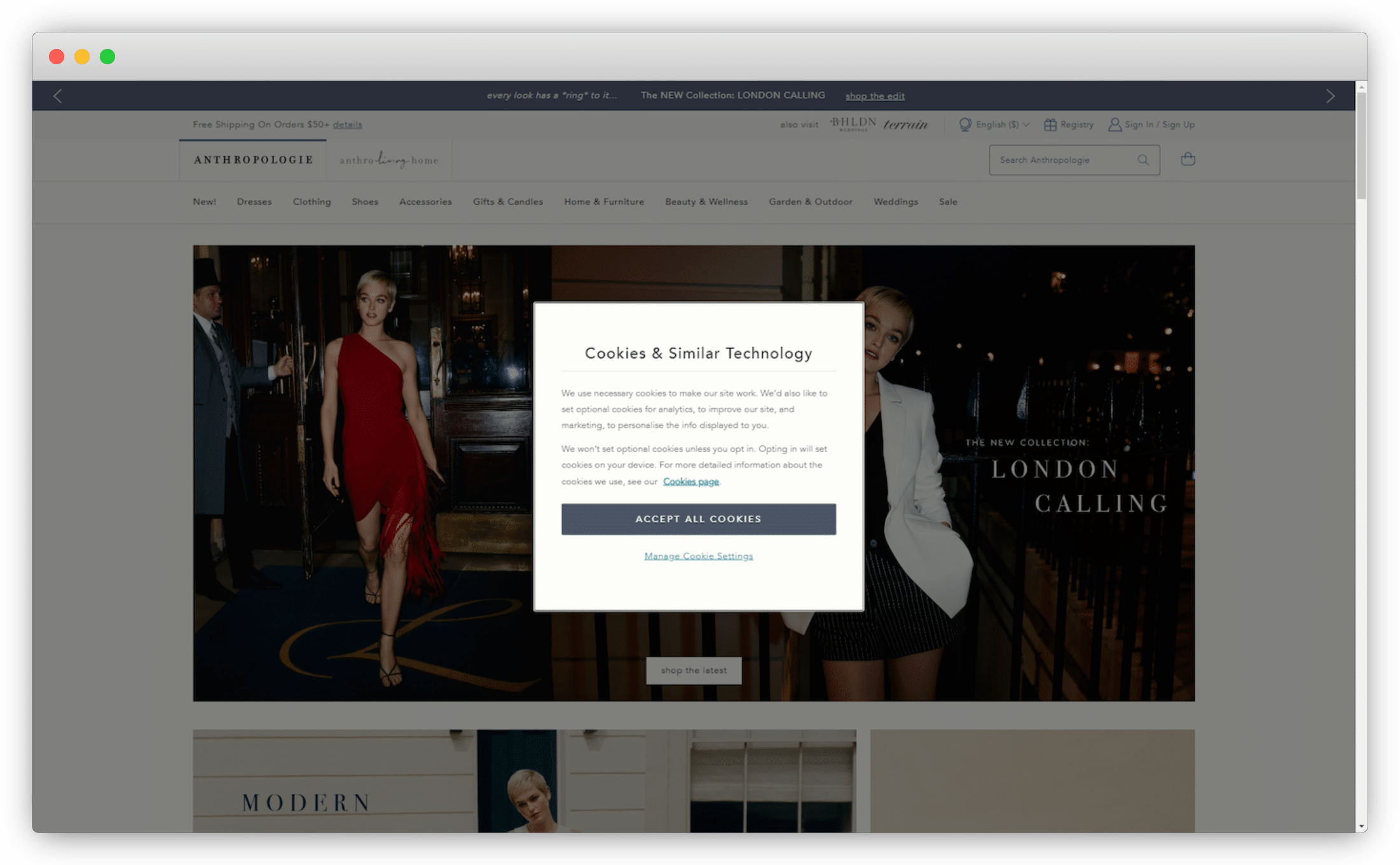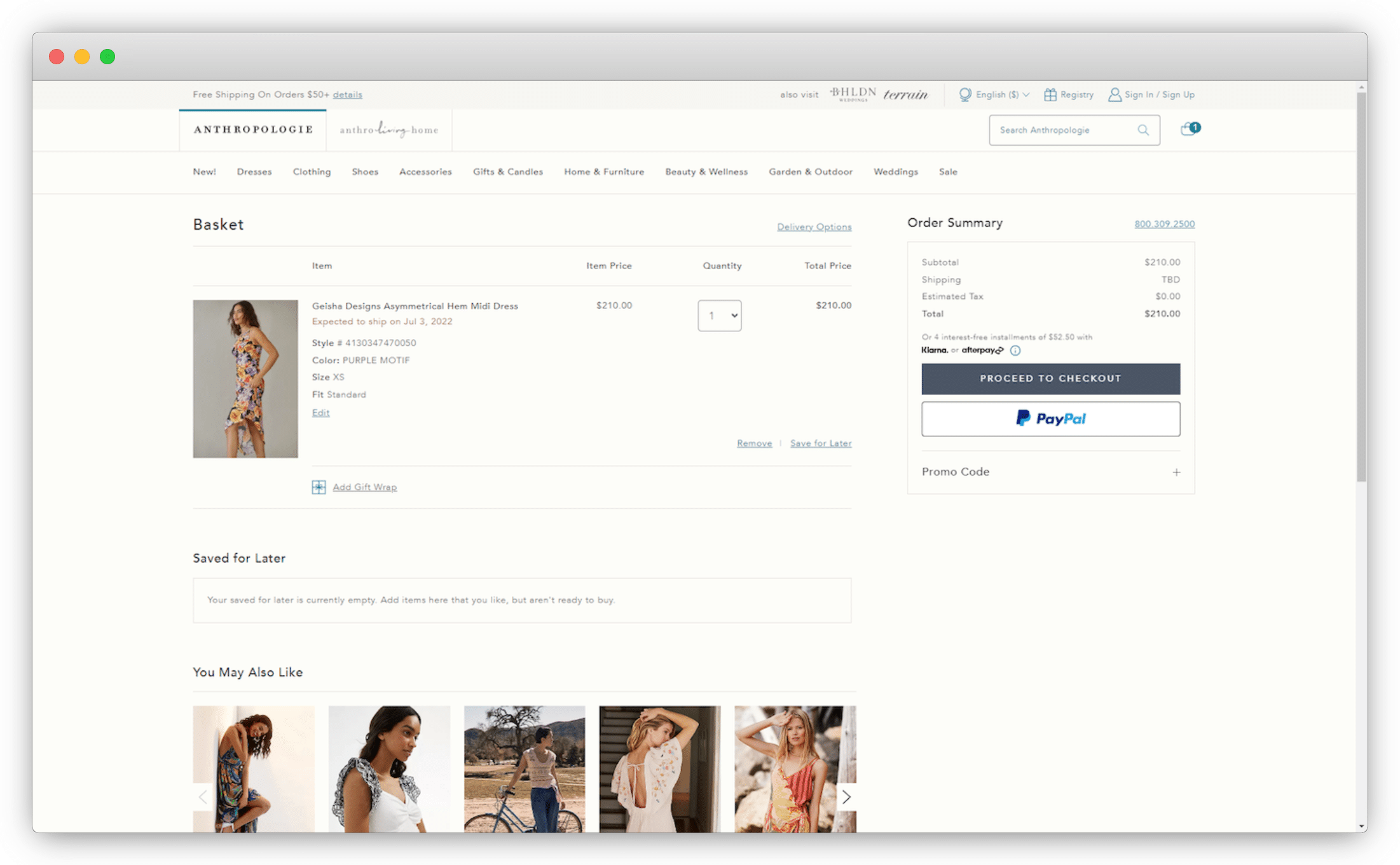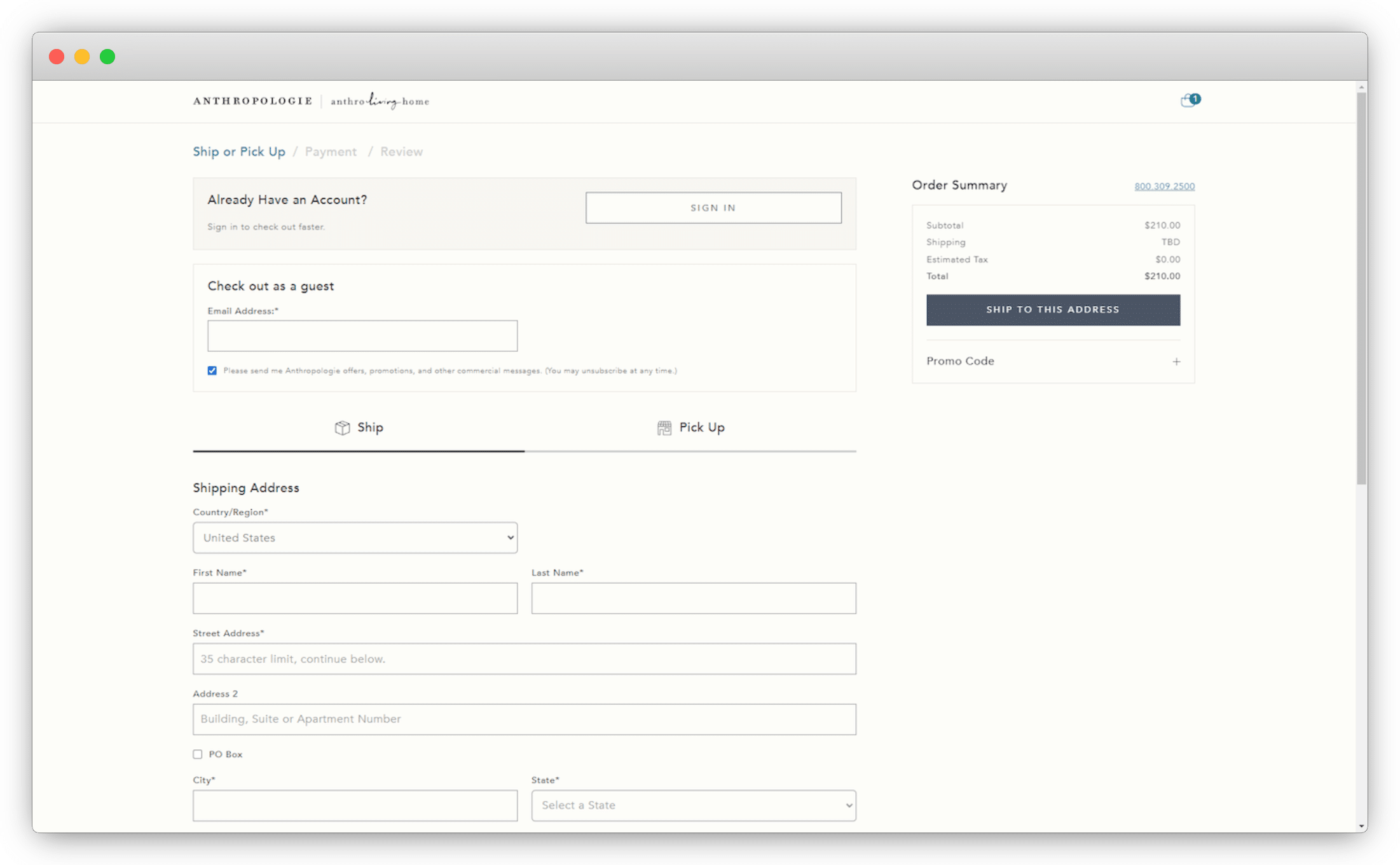Managing the E-Commerce Customer Journey in 2023

Poor understanding of the customer journey can lead to cart abandonment, low conversions, and lost revenue.
Managing the e-commerce customer journey provides insights into your customers’ decision-making process and reveals what influences their actions.
Brands can understand the customer experience by creating a journey map, using tools to generate heatmaps and collect customer analytics, and analyzing competitors.
After improving and optimizing a customer journey strategy, a headless e-commerce platform like fabric lets brands implement solutions that enable growth and support continued improvements to the customer experience.
The e-commerce customer journey defines the path a customer takes when making a purchase decision. Understanding the customer journey can give your brand valuable insight into what works — why a customer makes a purchase — and what doesn’t — why a customer clicked away and purchased a product from your competitor.
Though this seems a simple concept, it’s anything but. Brands struggle with optimizing the customer journey, with 29.6% citing an unclear customer journey strategy as the reason why.
For example, the average cart abandonment rate is 69.82%, according to the Baymard Institute. If that figure is close to the cart abandonment rate for your brand, can you explain why? And, if so, can you explain why with conviction?
Managing the e-commerce customer journey helps you discover and deliver the information customers need at each stage of the buying journey. From there, you can optimize the journey to improve the customer experience, reducing cart abandonment and increasing conversions.
But to do so effectively, you need two key components: a customer journey map and technology that tracks customer behavior.
[toc-embed headline=”Step One: Create the Journey Map”]
Step One: Create the Journey Map
Managing the e-commerce customer journey starts with understanding the customer experience. How do customers navigate your storefront? How easily are they finding the products they’re looking for? Is the experience convenient, or are there hurdles getting in the way of your brand making a sale?
Identifying pain points can give you insight into some of your metrics — both those you are tracking and those you should be measuring. Where metrics give you results, creating an e-commerce customer experience map can give you the whys.
For example, a high bounce rate might be explained by a navigation menu that’s difficult to use.
A customer journey map is a visual story of each engagement customers have with your brand. It starts from the initial recognition of a need to retain and encourage repeat customers. Each stage pairs with the particular pain point the customer has at that moment.
By outlining the expected pathway, you can better understand your customers’ needs and how your content can guide them through your sales funnel. The more you understand your customers and their journey, the better experiences you can provide.
How to create a customer journey map
- Start on your brand’s home or landing page. List everything that happens, identifying elements that pop out, such as cookie notices, promo banners, or email signup requests.

The landing page of Anthropologie. Upon loading, visitors are greeted with a popup notifying them of the brand’s cookie usage.
- Navigate to a product detail page (PDP). Mimic the actions of a customer. How many clicks does it take to navigate to a relevant PDP? Is it difficult to find the product you’re looking for?

An Anthropologie PDP. It took two clicks to reach this page from the initial landing page, with an email signup request box popping up on the preceding “Dresses” page.
- Take notes and generate feedback. Like the caption above, annotate the step-by-step experience. How many clicks did it take to reach each PDP? Were popups and other promotions distracting or helpful? How easily could you find relevant product information? Include screenshots and other visuals that support your experience.
- Repeat the process with different site functions. Adopt the mindset of a customer and go through the entire shopping experience, from the initial visit to your brand’s website up to and including an attempted purchase. Is the shopping cart easy to manage? Are prices clear and upfront? How many steps does it take to go from adding an item to the cart to completing the purchase?

The Anthropologie shopping cart. It took one click to add the product to the cart, which then generated a popup showing all of the items in the cart. Another click led to the shopping cart page, which provided clear information about the items in the cart and the total cost.

The Anthropologie checkout page. Navigating to the checkout page required one more click, presenting the option to either sign into an existing account or checkout as a guest (without requiring a lengthy registration process).
- Repeat the process to create a complete e-commerce customer journey map.
- Use the collected feedback and information to improve your brand’s customer experience. Let’s say your current cart doesn’t allow customers to checkout without creating an account. According to the Baymard Institute, 24% of customers abandon their cart when a retailer requires them to create an account. By implementing a better checkout experience based on your customer journey map, you can improve your conversion rate.
[toc-embed headline=”Step Two: Track Customer Behavior”]
Step Two: Track Customer Behavior
Customer journey mapping is only as effective as your analytics. Thus, you must ensure you have accurate data about what customers are doing when they interact with your brand.
Brands don’t always use data analytics well. A Gartner study reveals that nearly one-third of companies with an established customer journey map struggle to use it effectively.
The problem lies in the ability to gather and analyze the clickstream data needed to track customer behavior. This clickstream data, which is a detailed log of a user’s online behavior, is needed to understand where customers go and what they do with your content.
With it, you can see how people clicked on your site, what pages they visited, and how long they spent on each page. Without sufficient data, there’s no way to know your customers’ pain points and where to make improvements.
However, though clickstream data provides an overview of the customer’s actions, it does not explain the whole story. For that, you need a visualization tool, such as a:
- Heatmap, which highlights where you get the most engagement
- Session recording, which provides a video playback of the user’s time on your site
- Digital experience intelligence platforms like FullStory, which provides complete real-time data of every user interaction
These tools can help you find where there is friction on the buying journey. For instance, you may notice many users clicking on your product images to view more details. Or you may notice rapid and repeated clicking or scrolling, emphasizing issues with broken site elements (such as a broken link or malfunctioning script).
With these insights, you can articulate where your brand interactions are suffering. Then, you can build intuitive shopping flows, creating a seamless customer experience.

A heatmap visualizing customer activity on a given page. (Source)
[toc-embed headline=”Step Three: Conduct a Competitive Analysis”]
Step Three: Conduct a Competitive Analysis
81% of companies believe customer experience is a competitive differentiator. In other words, you’re likely to lose out on a sale if your customer journey pales in comparison to that of a competitor.
So what can you do to ensure your brand’s customer experience blows the competition out of the water?
Conduct a competitive analysis to identify differences between your brand and its competitors. Create a customer journey map for their website as you did your own, then compare:
- How fast did the website load?
- How were promos and offers presented? Were they visually appealing or did they negatively impact the customer experience?
- Was it easy to navigate and get from the landing page to relevant PDPs?
- How were product details presented? Was product information clear? Were product descriptions accurate?
- Was the checkout process convenient? Were you required to register an account?
From there, identify solutions that can give your brand the edge it needs and incorporate them into your strategy.
[toc-embed headline=”Step Four: Create and Optimize Your Strategy”]
Step Four: Create and Optimize Your Strategy
The insights gained through creating an e-commerce customer journey map must be leveraged to influence your overall strategy. In some cases, this will require simplifying the customer journey, though the extent — and how you do so — is dependent on your target market.
To that end, create customer personas. Doing so helps you capture the customer’s needs, especially when you approach your customer journey mapping under the guise of a persona.
For optimal control over the customer journey, place greater emphasis on your D2C sales channels. Many brands, for example, begin by selling on Amazon and building their social presence. Doing so can be an effective way to extend your reach and generate early sales.
However, marketplaces limit your control over the customer experience because they don’t provide the data to know what your customers are doing.
By focusing on your D2C site, you can grow and optimize the buying journey to solve your customers’ pain points. This can often be accomplished by using a powerful and flexible headless e-commerce platform like fabric, which helps you add functionality and scale as your business grows and the needs of your customers change and evolve.

Customer marketing @ fabric. Previously @ Staples, BORDERLINX, and Groupon.